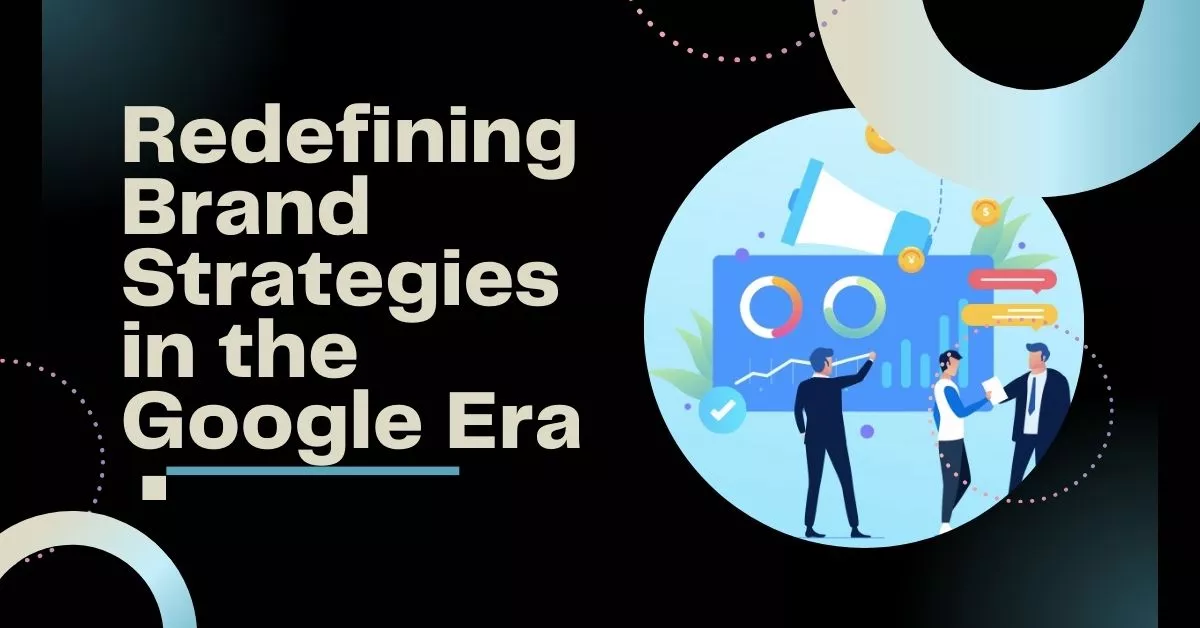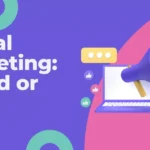Google’s AI-driven advertising capabilities have become a game-changer, revolutionizing how brands strategize their marketing efforts. The integration of Artificial Intelligence (AI) in Google’s advertising platform has brought forth a seismic shift in the dynamics of brand strategy and consumer engagement.

Data-Driven Insights
Google’s AI-powered advertising offers unparalleled access to data-driven insights. By analyzing vast amounts of user data, AI algorithms decipher intricate patterns and behaviors, providing marketers with invaluable information about consumer preferences, behaviors, and trends.
Precision Targeting
One of the core strengths of Google’s AI ads lies in their ability to enable precise targeting. Utilizing machine learning algorithms, these ads pinpoint specific audiences based on demographics, interests, online behavior, and past interactions. This precision targeting ensures that brands reach the right audience with tailored messages, maximizing engagement and conversions.
Automated Campaign Optimization
AI empowers brands to optimize their ad campaigns in real-time. Google’s AI algorithms continuously optimize campaigns by adjusting bidding strategies, ad placements, and content based on performance data. This automation streamlines processes, improves ad performance, and drives better results, all while saving time and resources.
Personalized Ad Experiences
With AI, brands can deliver personalized ad experiences at scale. Tailoring ad content and creatives based on individual user preferences and behaviors enhances relevance, engagement, and ultimately, conversion rates. These personalized experiences resonate with consumers, fostering stronger connections and brand loyalty.
Predictive Analysis and Forecasting
Google’s AI ads employ predictive analysis to forecast future trends and consumer behaviors. By analyzing historical data, AI algorithms provide insights into potential market shifts, enabling brands to stay ahead by adapting their strategies proactively.
Dynamic Creative Optimization (DCO)
Dynamic Creative Optimization leverages AI to create dynamic ads personalized to each viewer in real-time. These ads automatically adjust elements like images, messaging, and calls-to-action based on user behavior, maximizing relevancy and impact.
Conclusion
Google’s AI-driven advertising tools have fundamentally transformed how brands approach their marketing strategies. The precision, personalization, and predictive capabilities of AI in ads have empowered brands to optimize their campaigns, engage their audience more effectively, and stay competitive in an ever-evolving digital landscape.

Frequently Asked Questions
Why is it important to redefine brand strategies in the Google Era?
The Google Era, characterized by the dominance of digital technologies and the internet, has fundamentally altered the way consumers interact with brands. Traditional brand strategies that relied on one-way communication and mass marketing are no longer as effective in today’s dynamic and interconnected digital landscape. To thrive in the Google Era, brands need to redefine their strategies to embrace the new realities of consumer behavior and digital engagement.
What are the key characteristics of the Google Era that brands need to consider?
The Google Era is defined by several key characteristics that have a significant impact on brand strategies:
- Digital-first consumer behavior: Consumers are increasingly using digital channels to research, discover, and purchase products and services. Brands need to have a strong online presence and engage with consumers through digital channels to be relevant and competitive.
- Information overload and fragmentation: Consumers are bombarded with information from multiple sources, making it challenging for brands to capture their attention and establish a strong brand identity. Brands need to create compelling and differentiated content that cuts through the noise and resonates with their target audience.
- Empowered and connected consumers: Consumers are more informed, connected, and opinionated than ever before. They have the power to share their experiences and opinions with a wide audience, making brand reputation management crucial. Brands need to build trust and authenticity to earn the loyalty of their customers.
- Data-driven decision-making: Data has become an essential tool for brands to understand their customers, make informed decisions, and optimize their marketing campaigns. Brands need to develop data-driven strategies to gain a competitive edge.
What are the key principles of redefining brand strategies in the Google Era?
To redefine their brand strategies for success in the Google Era, brands need to embrace the following principles:
- Customer-centricity: Focus on understanding and meeting the needs, wants, and aspirations of your target audience. Develop a deep understanding of their behaviors, preferences, and pain points to create meaningful connections and experiences.
- Digital-first approach: Prioritize digital channels as the primary way to connect with your audience. Build a strong online presence, engage with consumers on social media, and utilize digital marketing strategies effectively to reach your target audience.
- Authenticity and transparency: Build trust with your audience by being authentic and transparent in your communication and actions. Consumers appreciate brands that are genuine, honest, and open about their values and practices.
- Data-driven insights: Leverage data analytics to gain insights into your audience, understand customer behavior, and measure the effectiveness of your marketing campaigns. Use data-driven insights to make informed decisions and optimize your strategies.
- Adaptability and innovation: Be prepared to adapt your brand strategies as the digital landscape and consumer behavior evolve. Embrace new technologies, experiment with innovative approaches, and continuously refine your strategies to stay ahead of the curve.










